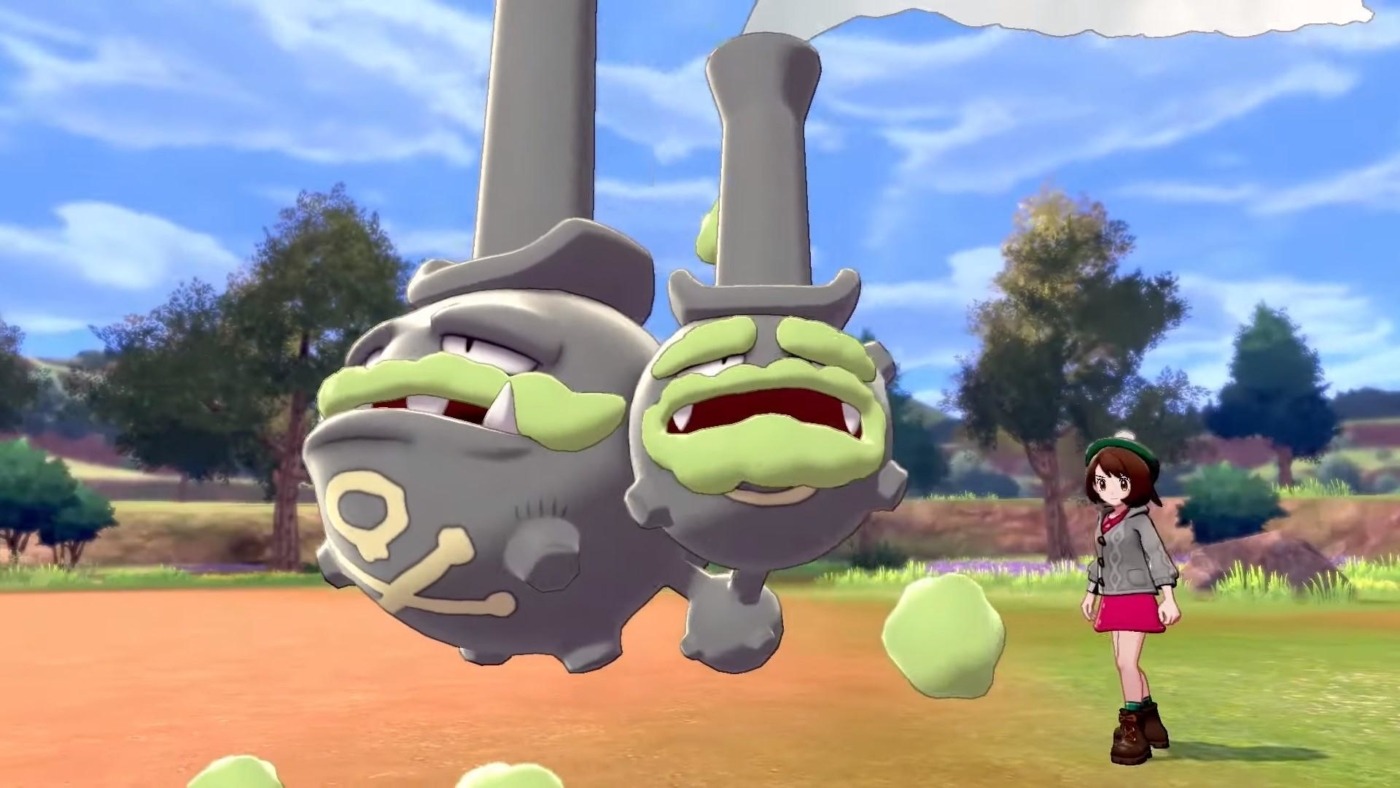Pokémon, pollution and the science of evolution
If you’re a Pokémon fan, you can’t have failed to notice that there is a new game out, and that it is set in a region that is based on our own shores. Sword and Shield bring back a well-received feature from Sun and Moon – the regional variants, in which certain older Pokémon look different because of the conditions of the region in which they live. That got me thinking – it may be a fun gameplay gimmick to breathe new life into some under-used creatures, but is there any scientific basis for these changes as well?
It is necessary here to provide some definitions for some similar but not identical terms. Evolution is the change in the characteristics of a species over several generations, relying on the process of natural selection – that is, the genes which are successful are passed on by individuals who are best suited to their environment (similarly, individuals that are poorly adapted are less likely to survive). It’s important to stress that evolution is a neutral term and doesn’t necessarily imply that the received characteristics are positive – the dodo evolved to become larger and find food that was closer to the ground, eventually losing the ability to fly.
Evolution is the change in the characteristics of a species over several generations, relying on the process of natural selection
Adaptation, however, is a change that is always, by definition, to better fit a need and help increase the chance of survival. This feature is produced by natural selection and helps an organism in its particular environment. Examples include insects like the katydid, which mimics leaves in order to evade predators, or the creosote bush, which resides in the desert and produces toxins to prevent other plants growing nearby and taking up valuable nutrients. Even humans adapt – the body functions of Tibetans have altered to cope with the reduced oxygen levels found at high altitude.
How does this factor into the world of Pokémon? Well, it gets nice and confusing – what we call evolution in the Pokémon games is more akin to real-life metamorphosis, a process in which an animal physically develops after birth or hatching via a conspicuous bodily change. The most famous examples here are the transition from caterpillar to pupae and then to butterfly, or the changing of a tadpole to a frog. Real-life evolution happens to populations over a long period of time and does not apply to individual members of a species.
Evolution in the Pokémon games is more akin to real-life metamorphosis, a process in which an animal physically develops after birth or hatching via a conspicuous bodily change
As I have mentioned, it is the regional variant mechanic that is most akin to real-life evolution. It first appeared in the Alola region (loosely based on Hawaii), and the Pokédex offers some explanations for the regional changes. Diglett becomes a Steel-type because it needs to dig through volcanic rock rather than soil, necessitating more physical strength. Rattata becomes the Dark-type and black in colour because it has become a nocturnal creature. Sandshrew, meanwhile, becomes an Ice-type because it was forced to enter a snowy climate after a volcanic eruption rendered its previous habitat unliveable. These descriptions are rudimentary, and the type mechanic is an easy way to depict difference, but they do indicate some of the habitat and behavioural changes that encourage adaptation.
The mechanic returns in Sword and Shield and, in perhaps a stereotypical view of our country, several of the regional variants are prompted by pollution. Corsola, the coral Pokémon, is bleached white and has become a Ghost-type as ocean pollution has proven highly detrimental. Meanwhile, the Galarian Weezing emerged at a time when factories produced a lot of air pollution – it developed the Fairy-type alongside its Poison-type and started to purify the air instead of further contaminating it. If the impact of pollution seems tenuous, there is a real-life precedent. During the Industrial Revolution, a black form of the peppered moth rapidly became more populous as soot blackened the tree trunks and walls of its habitat – it was less visible to predators, and the white form once again predominated as air pollution decreased.
The mechanic returns in Sword and Shield and, in perhaps a stereotypical view of our country, several of the regional variants are prompted by pollution
Sure, no-one may be playing Sword and Shield for the science, but that doesn’t mean there isn’t any to be found. The Pokémon franchise is finally getting to grips with evolution as we understand it, and these new games help beg a big question – if we can’t get a grip on pollution, how will our animals have to change to have a fighting chance at survival?

Comments